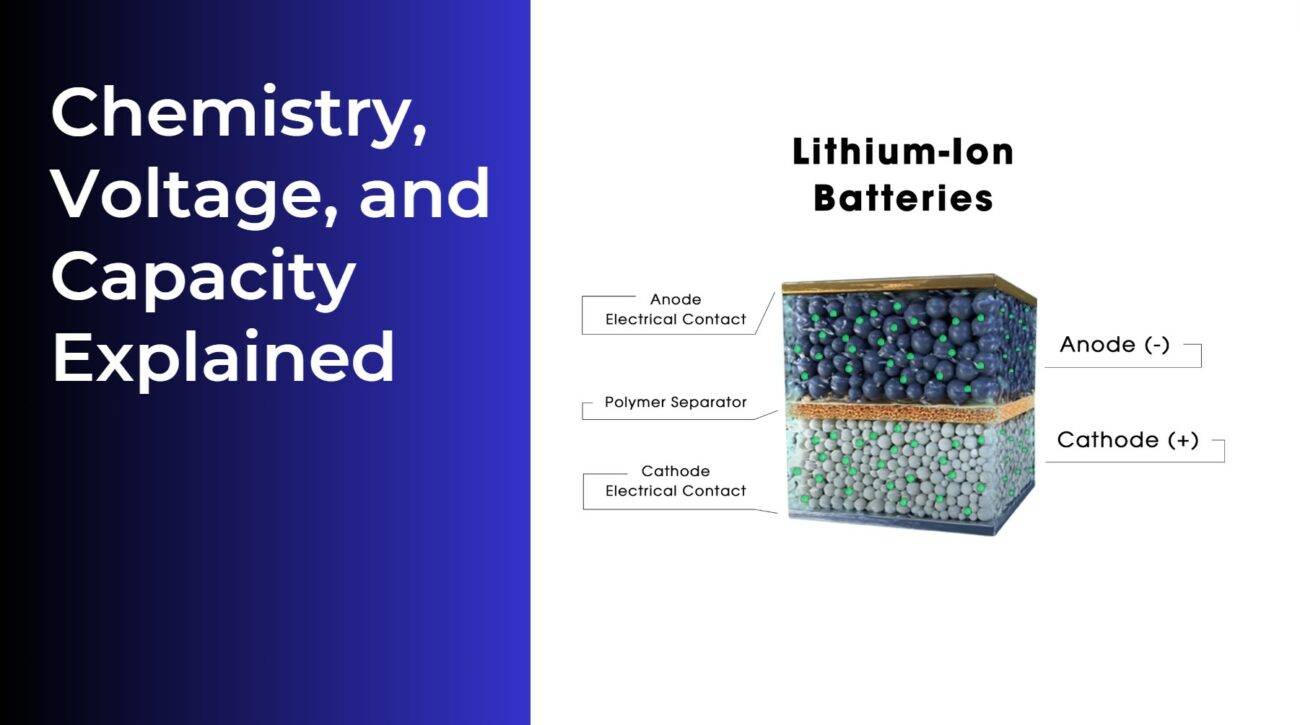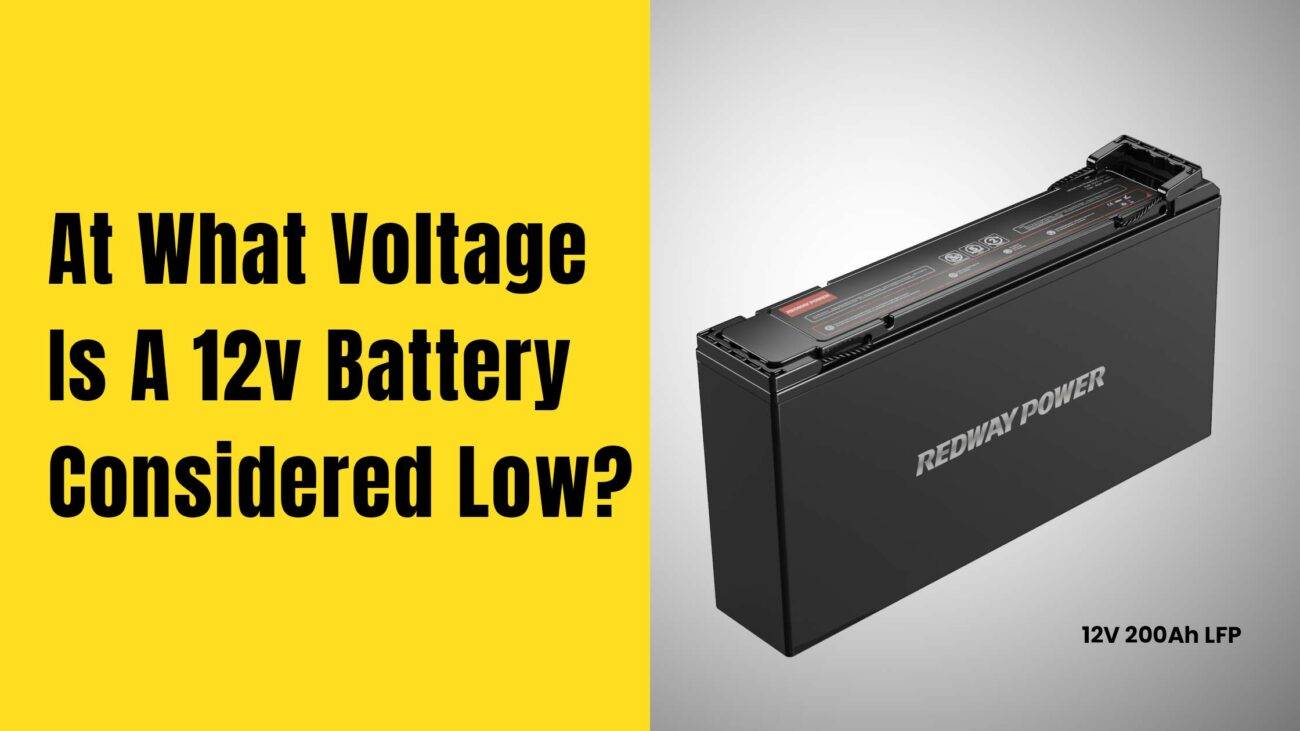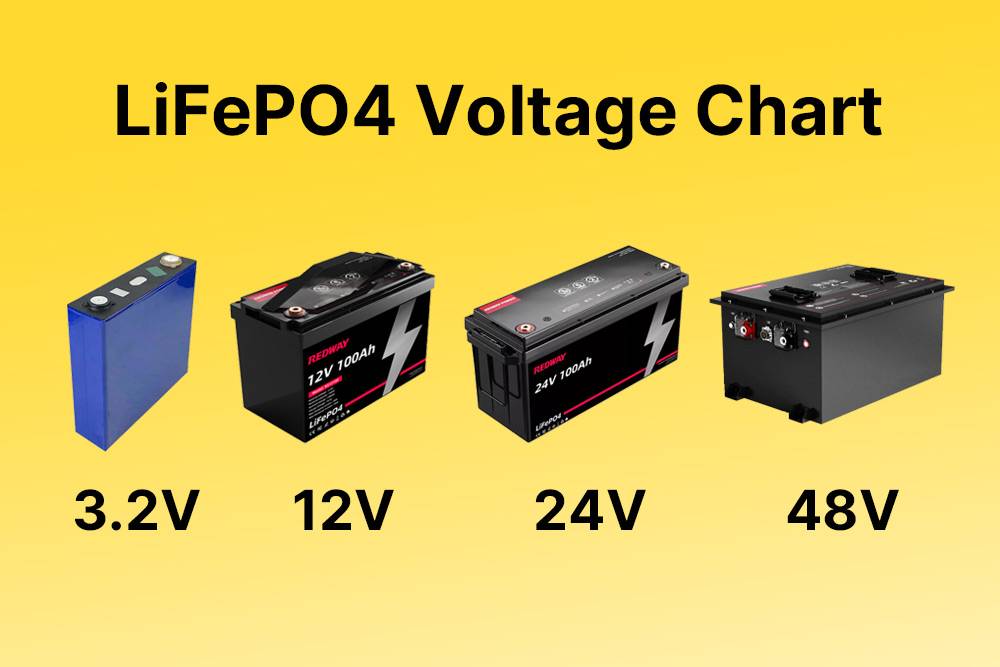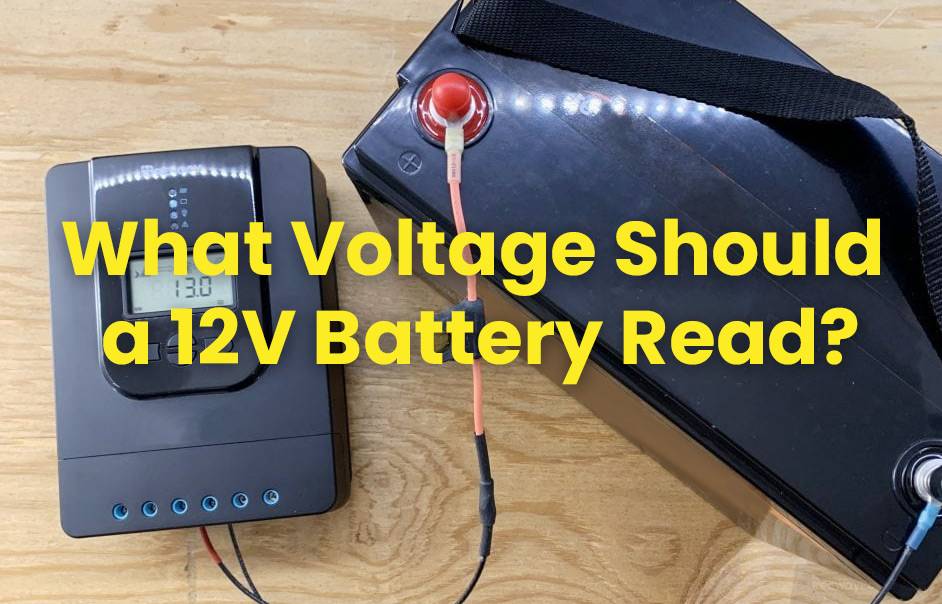- Lithium Golf Cart Battery
- Forklift Lithium Battery
-
48V
- 48V 210Ah
- 48V 300Ah
- 48V 420Ah (949 x 349 x 569 mm)
- 48V 420Ah (950 x 421 x 450 mm)
- 48V 456Ah
- 48V 460Ah (830 x 630 x 590 mm)
- 48V 460Ah (950 x 421 x 450 mm)
- 48V 460Ah (800 x 630 x 600 mm)
- 48V 460Ah (820 x 660 x 470 mm)
- 48V 500Ah
- 48V 560Ah (810 x 630 x 600 mm)
- 48V 560Ah (950 x 592 x 450 mm)
- 48V 600Ah
- 48V 630Ah
-
48V
- 12V Lithium Battery
12V 150Ah Lithium RV Battery
Bluetooth App | BCI Group 31
LiFePO4 Lithium
Discharge Temperature -20°C ~ 65°C
Fast Charger 14.6V 50A
Solar MPPT Charging - 24V Lithium Battery
- 36V Lithium Battery
- 48V Lithium Battery
-
48V LiFePO4 Battery
- 48V 50Ah
- 48V 50Ah (for Golf Carts)
- 48V 60Ah (8D)
- 48V 100Ah (8D)
- 48V 100Ah
- 48V 100Ah (Discharge 100A for Golf Carts)
- 48V 100Ah (Discharge 150A for Golf Carts)
- 48V 100Ah (Discharge 200A for Golf Carts)
- 48V 150Ah (for Golf Carts)
- 48V 160Ah (Discharge 100A for Golf Carts)
- 48V 160Ah (Discharge 160A for Golf Carts)
-
48V LiFePO4 Battery
- 60V Lithium Battery
-
60V LiFePO4 Battery
- 60V 20Ah
- 60V 30Ah
- 60V 50Ah
- 60V 50Ah (Small Size / Side Terminal)
- 60V 100Ah (for Electric Motocycle, Electric Scooter, LSV, AGV)
- 60V 100Ah (for Forklift, AGV, Electric Scooter, Sweeper)
- 60V 150Ah (E-Motocycle / E-Scooter / E-Tricycle / Tour LSV)
- 60V 200Ah (for Forklift, AGV, Electric Scooter, Sweeper)
-
60V LiFePO4 Battery
- 72V~96V Lithium Battery
- Rack-mounted Lithium Battery
- E-Bike Battery
- All-in-One Home-ESS
- Wall-mount Battery ESS
-
Home-ESS Lithium Battery PowerWall
- 24V 100Ah 2.4kWh PW24100-S PowerWall
- 48V 50Ah 2.4kWh PW4850-S PowerWall
- 48V 50Ah 2.56kWh PW5150-S PowerWall
- 48V 100Ah 5.12kWh PW51100-F PowerWall (IP65)
- 48V 100Ah 5.12kWh PW51100-S PowerWall
- 48V 100Ah 5.12kWh PW51100-H PowerWall
- 48V 200Ah 10kWh PW51200-H PowerWall
- 48V 300Ah 15kWh PW51300-H PowerWall
PowerWall 51.2V 100Ah LiFePO4 Lithium Battery
Highly popular in Asia and Eastern Europe.
CE Certification | Home-ESS -
Home-ESS Lithium Battery PowerWall
- Portable Power Stations
Why Do Appliances Have Different Voltages? A Comprehensive Guide

Appliances have different voltage requirements primarily due to design specifications, efficiency considerations, and regional electrical standards. Understanding these differences is crucial for safe operation and optimal performance. This comprehensive guide explores common voltage levels, their implications, and how to safely convert voltages when necessary.
What Are the Common Voltage Levels for Household Appliances?
Household appliances typically operate on specific voltage levels, which can vary by region:
- 120V: Commonly used in North America for most household appliances, including lamps, microwaves, and televisions.
- 230V: Standard in many countries outside North America, such as Europe and Asia, used for larger appliances like washing machines and ovens.
- 240V: Often used for high-power appliances such as dryers and electric stoves in regions that utilize a 230V standard.
| Voltage Level | Region/Usage |
|---|---|
| 120V | North America (most household appliances) |
| 230V | Europe, Asia (general household appliances) |
| 240V | High-power appliances in 230V regions |
How Do Voltage Requirements Affect Appliance Design?
Voltage requirements significantly influence appliance design:
- Component Selection: Higher voltage appliances often use smaller wires and components, which can reduce weight and material costs.
- Efficiency: Appliances designed for higher voltages can be more energy-efficient, as they draw less current for the same power output.
- Safety Features: Different voltage levels necessitate varying safety features; higher voltages may require better insulation and protective measures.
Why Do Different Countries Use Different Voltage Standards?
The variation in voltage standards across countries is due to historical developments and infrastructure choices:
- Historical Decisions: Early electrical systems were developed independently, leading to different standards being established.
- Safety Considerations: Countries adopted voltages that balanced safety with efficiency based on their specific needs and technological capabilities at the time.
- Legacy Systems: Existing infrastructure often dictates current standards; changing them would require significant investment.
What Are the Implications of Using the Wrong Voltage?
Using an appliance with an incorrect voltage can lead to serious consequences:
- Damage to Appliance: Operating at a higher voltage can cause overheating, component failure, or even fires.
- Inefficiency: Running a low-voltage appliance on a higher voltage may lead to poor performance or malfunction.
- Safety Hazards: Incorrect voltage usage increases the risk of electrical shock or fire hazards.
| Implication | Consequence |
|---|---|
| Damage to Appliance | Overheating or component failure |
| Inefficiency | Poor performance or malfunction |
| Safety Hazards | Increased risk of electrical shock or fire |
How Can You Convert Appliance Voltage Safely?
If you need to use an appliance designed for a different voltage:
- Use a Step-Up or Step-Down Transformer: These devices can safely convert voltages from one level to another.
- Check Compatibility: Ensure that any converter or transformer is rated for the appliance’s wattage.
- Consult Professionals: If unsure about conversions, consult with an electrician or a professional technician.
| Conversion Method | Description |
|---|---|
| Step-Up Transformer | Increases voltage from lower to higher |
| Step-Down Transformer | Decreases voltage from higher to lower |
| Professional Consultation | Ensures safe and correct installation |
Industrial News
The global market for electrical appliances continues to evolve as manufacturers adapt to changing consumer needs and energy efficiency standards. Recent trends indicate a shift towards designing appliances that can operate on multiple voltages, making them more versatile for international markets. Additionally, advancements in smart technology are enabling better monitoring of energy consumption across various voltage levels.
Expert Insight
“Understanding voltage differences is crucial for both safety and efficiency when using household appliances,” says Dr. Jennifer Lee, an electrical engineer. “As technology advances, we see more appliances designed for flexibility in voltage usage, which helps consumers avoid compatibility issues.”
FAQ Section
Q: What happens if I use a 240V appliance in a 120V outlet?
A: The appliance will not work properly and may not turn on at all; it could also potentially damage the appliance.Q: Can I convert my 120V appliance to work on 230V?
A: Yes, you can use a step-up transformer designed for your appliance’s wattage rating.Q: Why do some countries use different voltages?
A: Historical decisions regarding electrical infrastructure led to different standards being adopted based on safety and efficiency needs.

























